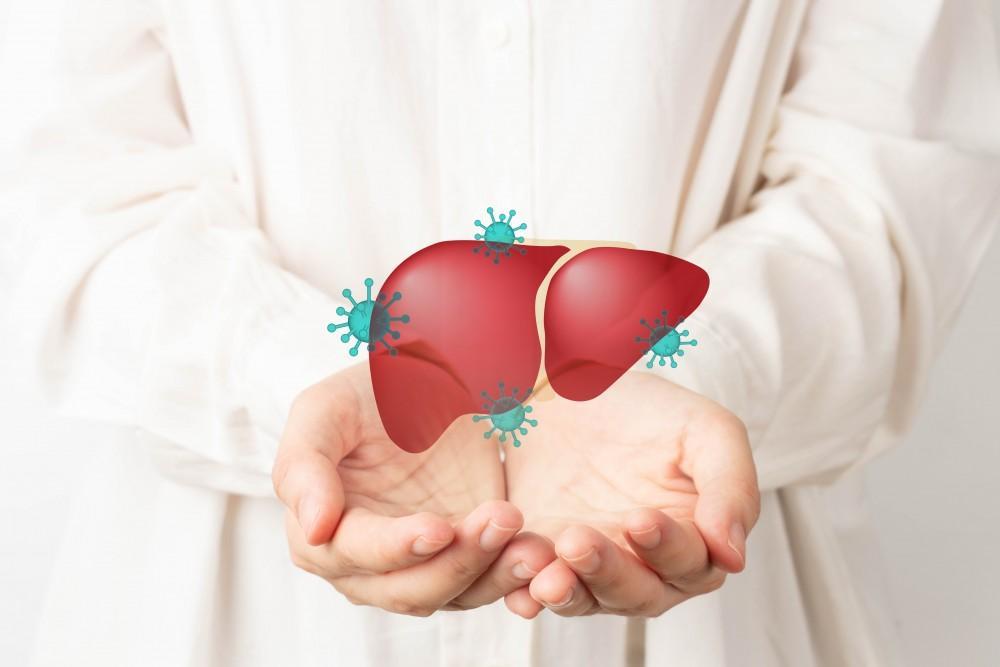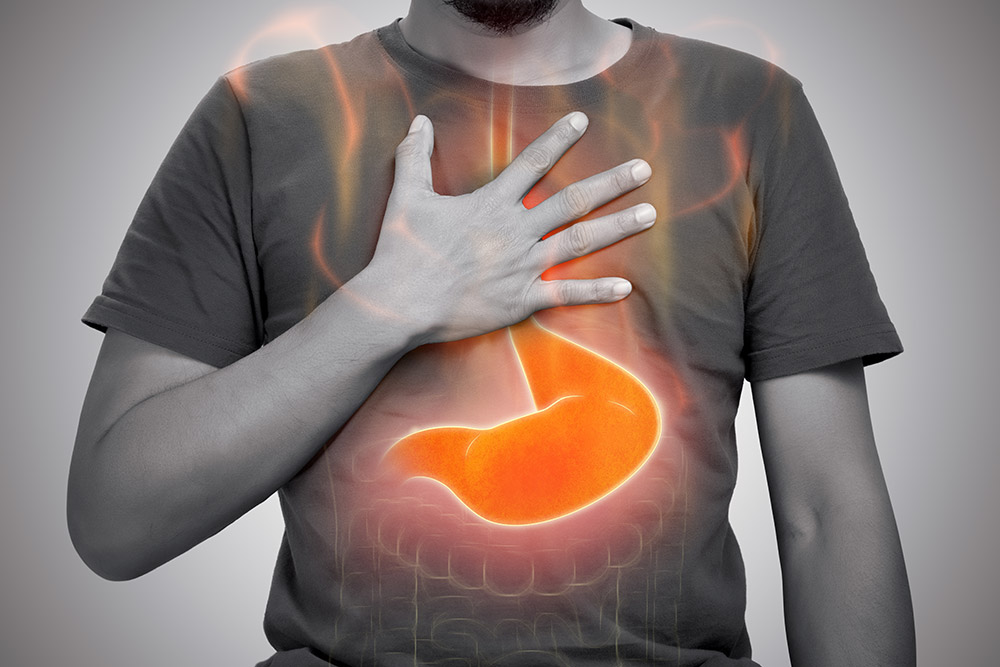Expert Treatment for Pancreatic Cysts by Dr. Bharat Pothuri
Dr. Pothuri uses a step-by-step approach:
Medical History and Exam
He reviews your symptom pattern, diet, medications, alcohol use, stress factors, and any prior GI issues.
Blood Tests
We check CBC, liver enzymes, amylase and lipase to assess for pancreatitis or other inflammatory causes.
Imaging Studies
- Abdominal ultrasound to look for gallstones, liver disease, or pancreatic enlargement.
- CT scan or MRI if ultrasound is inconclusive or we suspect structural abnormalities.
Endoscopic and Functional Testing
- Upper endoscopy (EGD) to evaluate for ulcers, reflux esophagitis, or gastritis.
- pH monitoring or impedance testing for suspected acid reflux.
- Gastric emptying studies if gastroparesis is suspected.
Advanced Testing (if needed)
In select cases, EUS (endoscopic ultrasound) or H. pylori breath test/biopsy may be performed to confirm less common diagnoses.
Frequently Asked Questions
Are pancreatic cysts dangerous?
Most pancreatic cysts are benign and pose little risk. However, a small percentage can progress to cancer. Dr. Pothuri tailors your monitoring plan based on cyst type and individual risk factors.
How are cysts diagnosed and followed?
Diagnosis involves CT or MRI imaging, endoscopic ultrasound (EUS), and fluid analysis. Follow-up intervals-usually every 6-12 months-depend on cyst size, features, and cancer risk.
What symptoms should I look for?
Many cysts cause no symptoms. When present, you may experience upper abdominal pain, bloating, indigestion, nausea, unexplained weight loss, or new-onset diabetes.
Who treats pancreatic cysts near me?
Dr. Bharat Pothuri at GastroDoxs in Houston specializes in pancreatic cyst evaluation and management, using advanced tools like EUS and FibroScan® for personalized care.
Will changing my diet shrink a cyst?
Diet and lifestyle changes cannot shrink existing cysts but support overall pancreatic health and may reduce inflammation or progression risks.
How often do I need follow-up scans?
Low-risk cysts typically require imaging every 6-12 months. Higher-risk or suspicious cysts may need more frequent monitoring to detect changes early.
Is surgery always required?
No. Many cysts are safely monitored over time. Surgery or minimally invasive ablation is reserved for large, symptomatic, or high-risk cysts to prevent malignancy.












